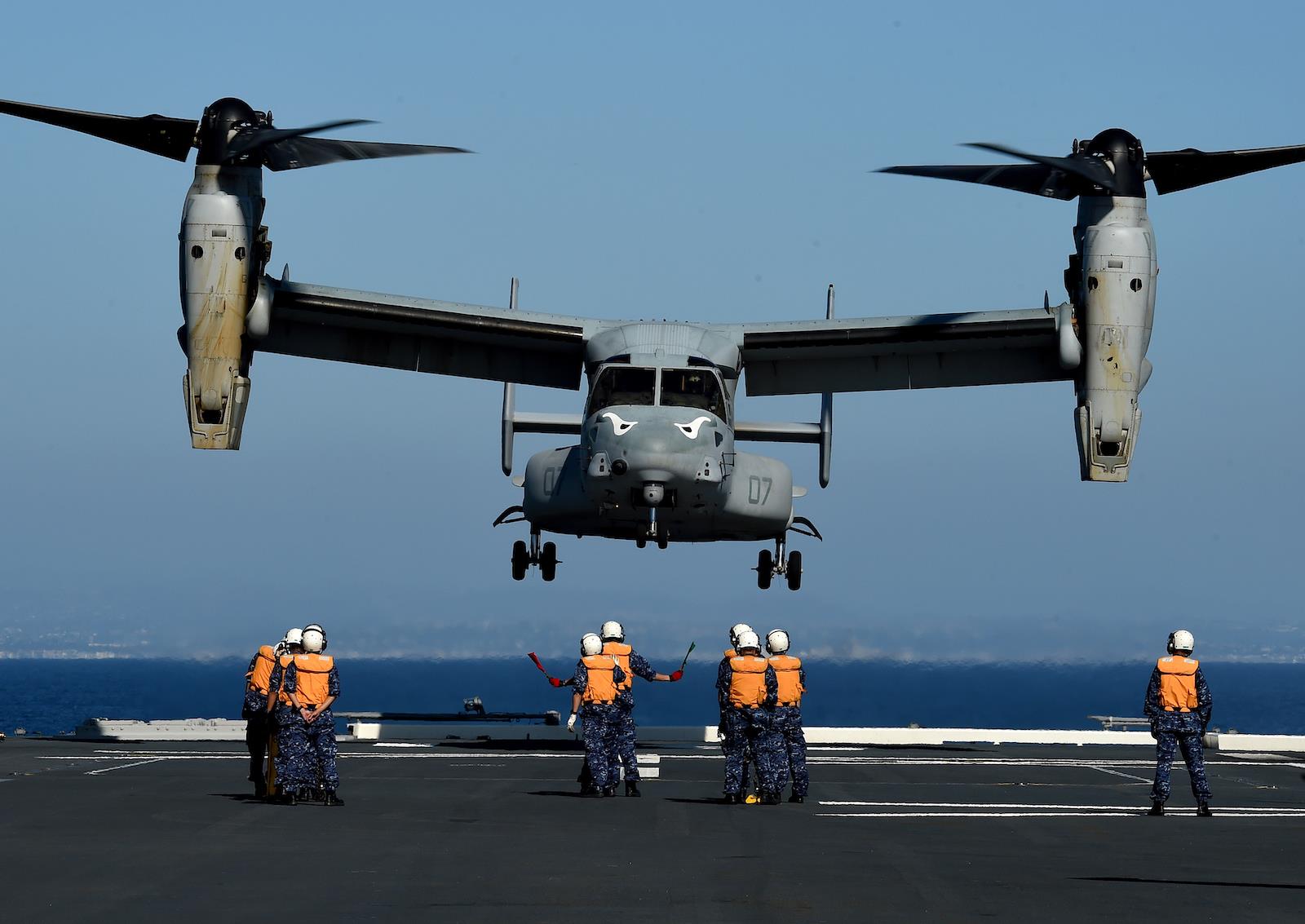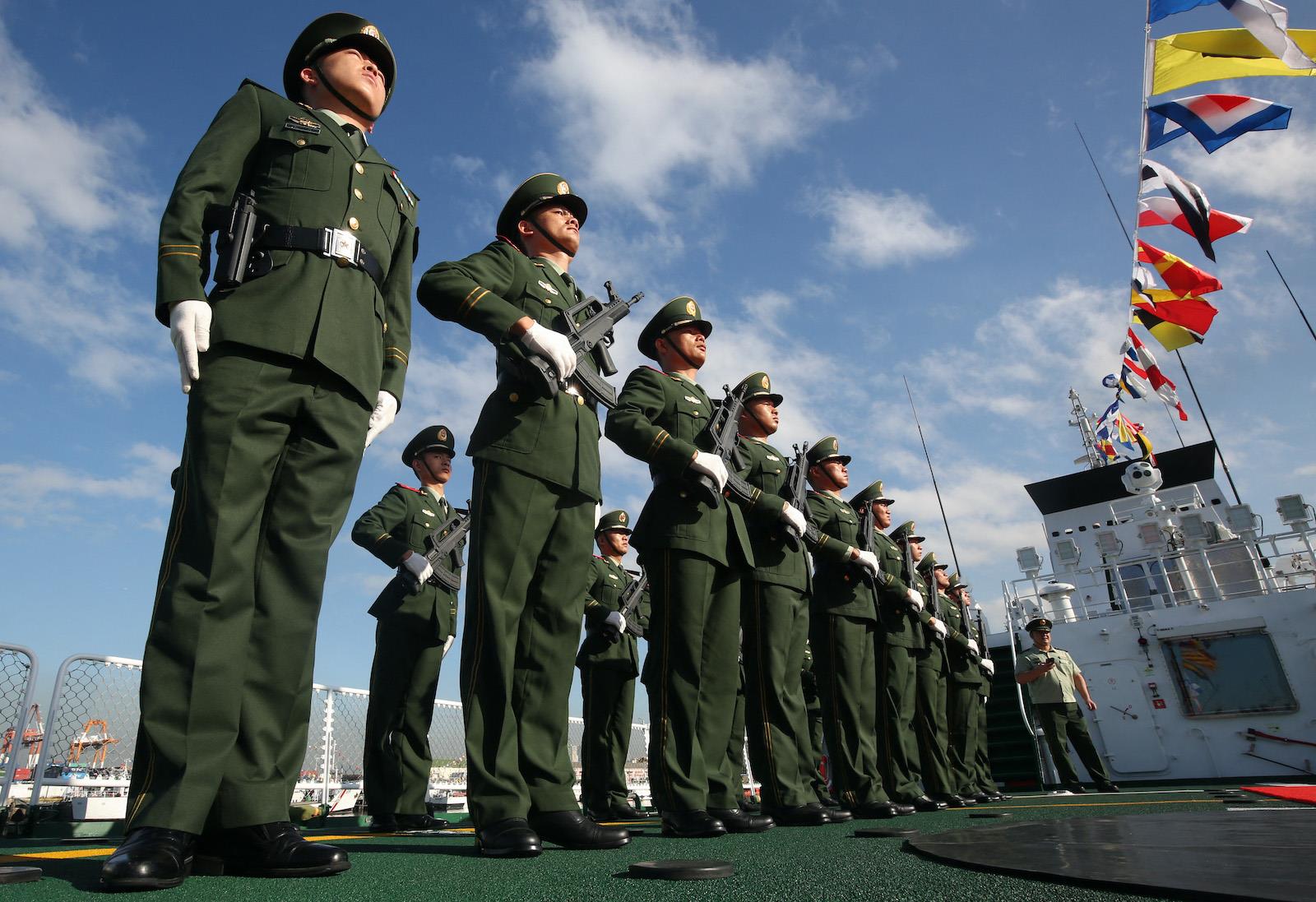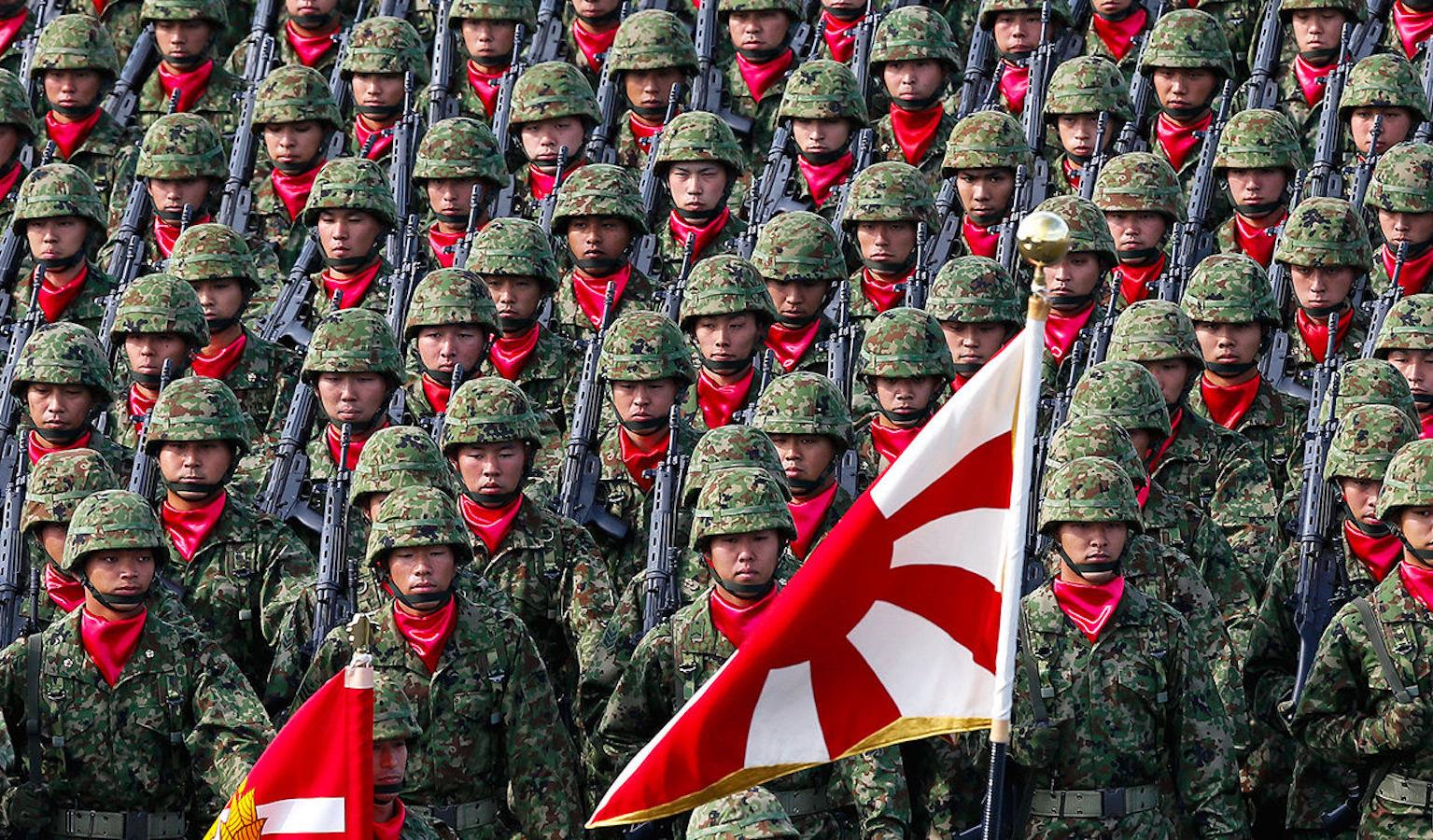(MENAFN- Asia Times) Japan plans to spend big on long-range standoff weapons and asymmetric capabilities, signaling a potential change in longstanding notions of deterrence and military doctrine.
the japanese Ministry of defense (mod) has unveiled a lengthy list of equipment and weapons slated for research, development and mass acquisition, the latest indication of Tokyo's rapid remilitarization to counter China, North Korea and Russia's rising threats.
According to the plan, Japan intends to research and develop hypersonic weapons, improved high-speed glide bombs, improved Type 03 surface-to-air missiles, target observation munitions, unmanned underwater vehicles (UUV) and sea mines.
Japan also intends to purchase unmanned aerial vehicles (UAV), improved Type 12 anti-ship missiles, high-speed glide bombs, SH-60K anti-submarine helicopters, anti-ship missiles for maritime patrol aircraft, improved torpedoes with silent power units and Tomahawk cruise missiles.
These acquisitions could be interpreted as a step towards achieving more strategic independence from the US while simultaneously building its asymmetric warfare capabilities vis-à-vis China.
In particular, Japan's plan to acquire hypersonic weapons, high-speed glide bombs and anti-ship missiles for maritime patrol aircraft points toward developing indigenous deterrent capabilities independent from US security guarantees.
While Japan has been under the US nuclear umbrella since 1951, there are doubts over Washington's willingness to use nuclear weapons in defense of Japan.

Japanese sailors aboard the Japan Maritime Self-Defense Force (JMSDF) ship JS Hyuga direct a US Marines MV-22 Osprey to land during the Dawn Blitz 2015 exercise off the coast of Southern California. Photo: AFP / Mark Ralston
Janes Defense writer Takahashi Kosuke cites retired admiral Kawano Katsutoshi saying that US presidential elections every four years and always unpredictable American public opinion raises fundamental questions about the constancy and reliability of US extended deterrence for its allies.
Indeed, the longstanding strategic logic of US extended deterrence may have already been broken.
As Asia Times has previously reported, China and North Korea may already have capabilities to strike the us mainland from bastions in the south china sea or within their territories using highly-lofted trajectory launches – making it unlikely the US would retaliate using nuclear weapons in defense of Japan when its territories are threatened by nuclear attack.
Although Kosuke noted that late prime minister Shinzo Abe mentioned NATO-style nuclear-sharing as an option for Japan, they would most likely remain under US control in such an arrangement.
Japan is thus now quickly developing indigenous deterrent capabilities. Asia Times has reported on japan's plans to acquire long-range cruise missiles for counterstrike purposes and its belated hypersonic weapons projects .
Apart from building an indigenous deterrent, those standoff weapons may enable Japan to strike outside China and North Korea's A2/AD defenses, eliminating key targets while staying beyond the range of enemy weapons.
However, to shoot far Japan needs to see far. Tokyo currently has limited intelligence, surveillance and reconnaissance (ISR) capabilities for its planned missile arsenal – although its plans to acquire target observation munitions and UAVs may aim to address this capability gap.
Japan plans to launch a constellation of 50 small satellites for ISR purposes, with the first one intended to be launched in 2024, according to a november 2022 article in yomiuri shimbun .
Apart from building its own space-based ISR capabilities, Japan could also use US space-based ISR. However, relying on the US for targeting data may defeat the purpose of building independent deterrent capabilities.
The acquisition of sea mines, torpedoes and anti-submarine helicopters points to building an asymmetric edge to counter China's increasingly powerful navy, now the largest in the world in terms of hull numbers.

Members of the Chinese Coast Guard stand in formation on board their vessel after it anchored at Manila port on January 14, 2020. Photo: AFP / Stringer
Japan depends on sea lanes of communication (SLOC) for delivery of its strategic resources, specifically oil. However, being an island nation, Japan is vulnerable to a Chinese naval blockade that could seek to block the fuel Japan's warplanes and warships need to sustain prolonged operations.
As Japan lacks nuclear-powered warships, they may have to cut off operations to refuel, limiting their capabilities to provide a persistent presence in critical SLOCs such as the Nansei Islands nearby China.
Japan's acquisition of sea mines may thus be an effort to plug this capability gap. as noted by asia times , smart sea mines that can be turned on and off to allow the passage of friendly ships and triggered by specific acoustic, pressure, or magnetic signatures from enemy warships are an effective means of enforcing selective control in critical SLOCs.
Japan's planned UUV acquisitions, meanwhile, may indicate a move to build offensive mining capabilities against People's Liberation Army – Navy (PLA-N) North Sea Fleet bases such as Qingdao, Lushun and Xiaoping.
Japan's torpedo acquisition may be aimed at arming its new Taigei-class submarines against China's increasing number of significant combatants including its three aircraft carriers, Type 055 cruisers, Type 075 amphibious assault ships and Type 39 C/D Yuan-class submarines.

Japanese Special Defense Forces are getting more offensive. Image: AFP / EPA
Aside from their decreased noise signature, Japan's new torpedoes may feature improved performance in shallow and deep waters, indicating envisioned operations in crowded SLOCs or coastal areas close to enemy naval bases.
Japan's acquisition of additional anti-submarine helicopters may be in line with a strategy to use its Southwest Islands as dispersed staging areas for anti-submarine operations, with its helicopter-capable warships serving as mobile“lily pads” to refuel and rearm for sustained operations.
Deploying these helicopters on Japan's Southwest Islands will increase their survivability compared to deploying them to ships that can be sunk in action. Their dispersed island deployment also boosts their possible coverage area, undermining China's submarine efforts to blockade Japan or break out into the Western Pacific in a potential wider conflict with the US.